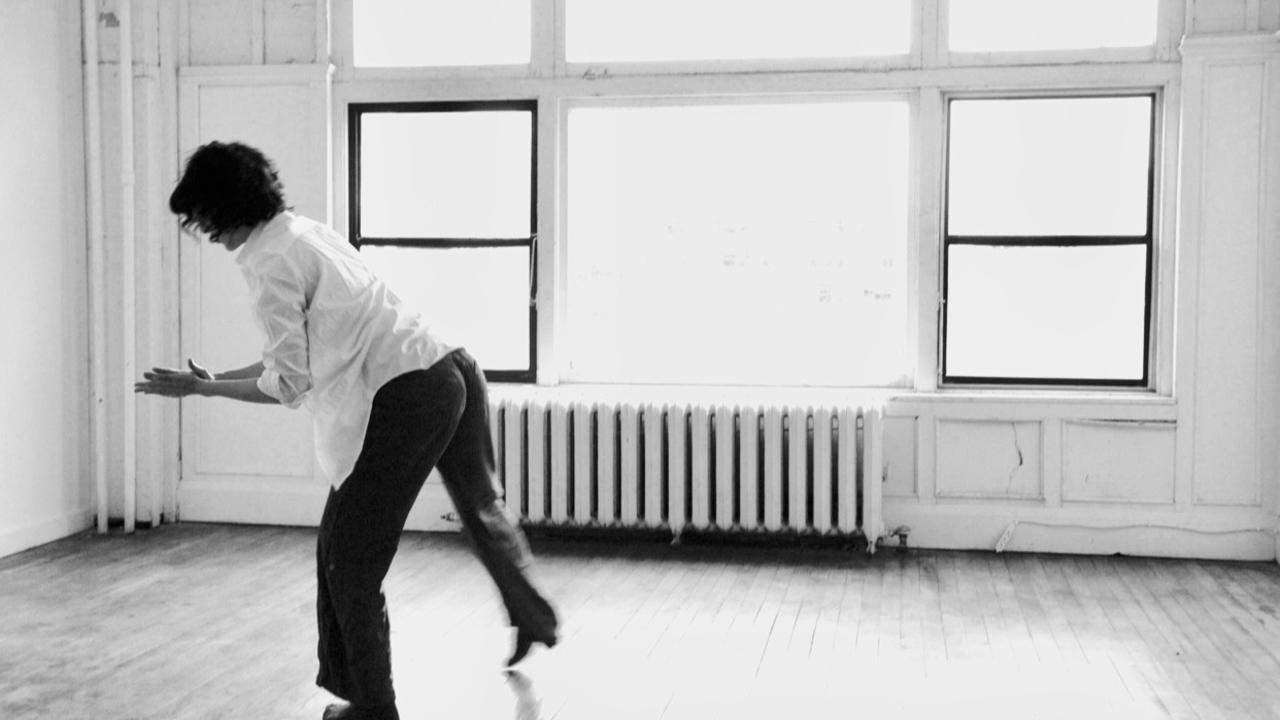Many Ways of Moving
Dec 21, 2015
I am often asked, "Which is better?" Yoga or Pilates? Fitness or Dance? Powerlifting or Martial arts? I came across this quote by Ann Hartman in my research today. "Each discovery contributes to our knowledge, and each way of knowing deepens our understanding and adds another dimension to our view of the world." Movement is designed to change us, and we train to transform our bodies, our thinking and our potential.
The principles that govern movement: Gravity, Body Tone, Co-ordination and Rhythm, are present in all forms to varying degrees. Each exercise type provides different configurations of co-ordination and skill development contributing to your personal body of knowledge. The health industry is focused on promoting the best exercise form, offering the illusion of the "perfect exercise regime". Having worked in movement rehabilitation for 15 years, I have noticed one of the biggest factors in chronic injuries is training in only one way of moving. As a dancer, my injuries are greatly decreased when I cross-train. Rock-climbing, body-weight conditioning, yoga, swimming and other approaches like Alexander Technique and meditation, have provided balance and further development both physically and emotionally.
My movement classes are slow and focused. My approach works for some people but not for all and serves best for injury recovery and movement refinement for performance. However, my work is in no way an absolute system. The body itself, is the only complete system. We have so much to gain by including different movement modalities. I often think of the body as an instrument and exercise like physical tuning. I try and listen to discern the pitch of my body. Am I flat? Do I need more strengthening, quickness, power? Am I sharp? Do I need more restorative work, gentle movements, stillness? I propose that we move the conversation from what is "BEST" to what is best for YOU. Explore. Try a new class. Try different teachers. Try different studios. Move outside. Mostly, find a way to move into yourself, and create a sustainable body.
I had a student, a professional hockey player, who was referred to me after an ACL surgery to improve his movement mechanics. We were working with his feet, when he turned to me, looked me straight in the eye and said "Who the hell are you? You looked so nice and unassuming from your photo! " He was pointing to the fact that re-training movement, even for a professional athlete, is challenging. Comprehending and practicing anything new is uncomfortable at the beginning. Like learning to drive, play an instrument or mastering a new language, new movement is sticky and disorienting. It can feel like nothing is happening, until, magically you LEARN and have a new way of knowing.
Often, people stay with the same discipline to avoid the discomfort of learning something new. Sometimes, practicing a form that has plateaued their body or is even injuring them. If your body is hurting or not developing further, try something different. Variations of body types are as different on the inside as they appear on the outside. The structures within us are configured uniquely. Exact bone shape, density of muscle, elastic nature of fascia, fluid levels, are individual. We are all going to respond differently to the same exercise. Also, bodies change over time, what might have worked well for you before, may not be as supportive to you now. Evaluate your training and take courage when it is time to try moving in a new way.
Light for the Holidays.
Erin
BB Membership doors are currently open!
BB On-Demand is a unique platform that combines, rehab sciences, somatic education and functional movement classes.